While fossil fuels still hold the largest share, renewable energy has been making rapid strides forward, and some countries are standing out as leaders in this transition. Harnessing the power of the sun, wind, hydro, marine, bioenergy, and geothermal, they are changing the game and paving the way for a sustainable energy future. The following list, compiled by the International Renewable Energy Agency (IRENA), showcases the top 10 renewable energy countries as of 2022. These countries have made significant efforts in harnessing wind and solar power, along with other renewable sources, to diversify their energy mix and reduce their carbon footprint.
Total renewable electricity capacity: 1,062,624 MW
China, the world leader in renewable energy, has harnessed its potential in wind, solar, and hydropower capacities. The country’s geographical diversity, vast landscape, and favorable government policies have played significant roles in the proliferation of renewable energy sources. Since the 2000s, the country has heavily invested in renewable energy infrastructure, especially in wind, solar, and bioenergy.
Wind Energy: With a staggering 365,964 MW of wind capacity, China has capitalized on the high wind potential of its northern regions, which experience strong and consistent winds throughout the year. The government has facilitated the sector’s growth by investing $109 billion in new wind farms, leveraging cutting-edge technologies and establishing a robust wind energy supply chain.
Solar Energy: China’s solar energy capacity stands at an impressive 393,031 MW. Its ample sunlight availability, particularly in its arid and semi-arid regions, has led to the establishment of expansive solar farms. This advancement can be attributed to both robust public and private sector initiatives, along with an ongoing commitment to technological innovation in photovoltaics. The continuous decline in the cost of solar energy technology, combined with China’s enormous demand for energy, ensures that the country will likely remain at the forefront of global solar energy production. China’s substantial investment of $164 billion in this sector, the largest in the world, highlights the nation’s dedication to solar energy.
Hydropower: Leveraging its vast river network, particularly the mighty Yangtze, China has an extensive hydropower capacity of 367,710 MW. Massive hydroelectric projects like the Three Gorges Dam showcase China’s significant strides in this field.
Marine Energy: Though in its nascent stages, China’s marine energy capacity stands at 4.8 MW. The country’s lengthy coastline provides ample opportunity for the growth of this sector in the future.
Bioenergy: China’s bioenergy capacity has reached a remarkable 34.088 MW. This growth is primarily driven by the nation’s strategic efforts to diversify its energy sources and reduce its dependence on fossil fuels. Bioenergy, often generated from agricultural and forest residues, aligns well with China’s abundant resources and large agricultural sector.
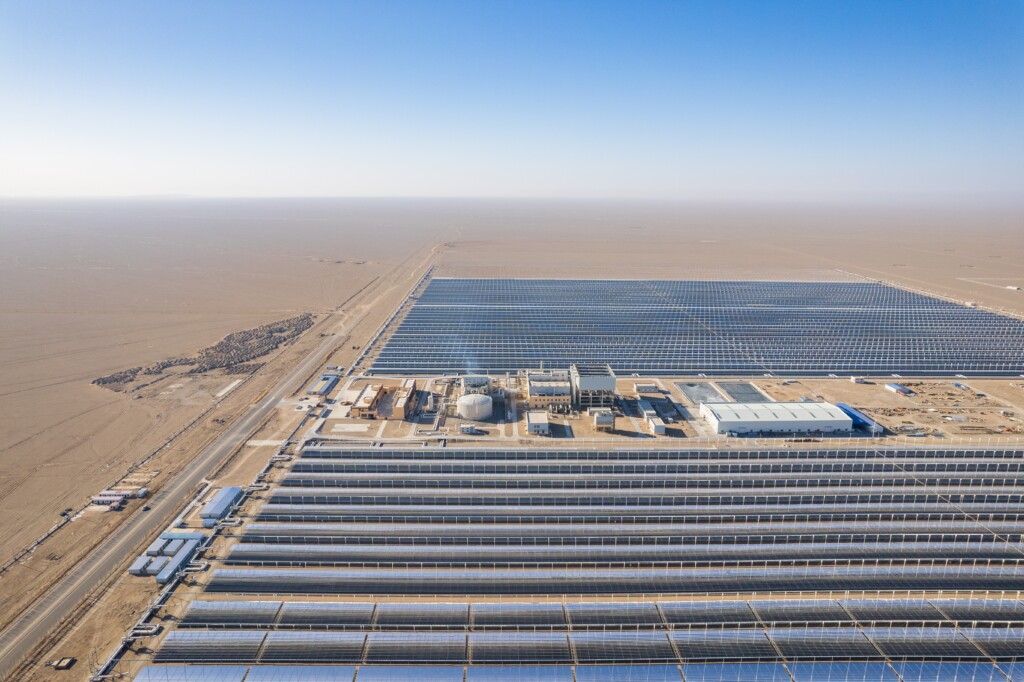
Total electricity capacity: 345,401 MW
Historically, the United States has been a dominant player in the fossil fuel industry. However, as the impacts of climate change have become more apparent, there has been a marked shift in the country’s energy mix towards renewables, making it a major player in the renewable energy sector worldwide. Despite political oscillations, advancements in technology, decreasing costs, and growing public support have led to substantial growth in wind, solar, and bioenergy capacities. In terms of investment, the USA was the second-largest single market, injecting nearly $50 billion into renewable energy in 2022.
Wind Energy: The USA has a substantial wind energy capacity of 140,861 MW, largely concentrated in the Central Plains. Investment in this sector, encouraged by federal policies and incentives, has led to large-scale wind farm developments.
Solar Energy: The USA’s solar energy capacity stands at 113,015 MW. This can be attributed to its geographical diversity that offers high solar incidence, the availability of vast tracts of land for solar farms, and government policies promoting solar power.
Geothermal Energy: With a geothermal capacity of 2,652 MW, the USA exploits the heat stored beneath the earth’s surface, particularly in geothermally active regions like California and Nevada. This renewable source provides a steady and reliable supply of power.
Hydropower: Hydropower capacity in the USA stands at 83,850 MW, with major installations on rivers like the Columbia and the Colorado. Though the growth rate of hydropower has slowed, it continues to be a crucial part of the nation’s renewable energy portfolio.
Bioenergy: The United States, in its pursuit of a diversified energy portfolio, has also invested significantly in bioenergy. By 2022, the country had a bioenergy capacity of 11.295 MW. With vast agricultural lands and a large waste management sector, the U.S. has leveraged these resources to develop a sustainable bioenergy industry.
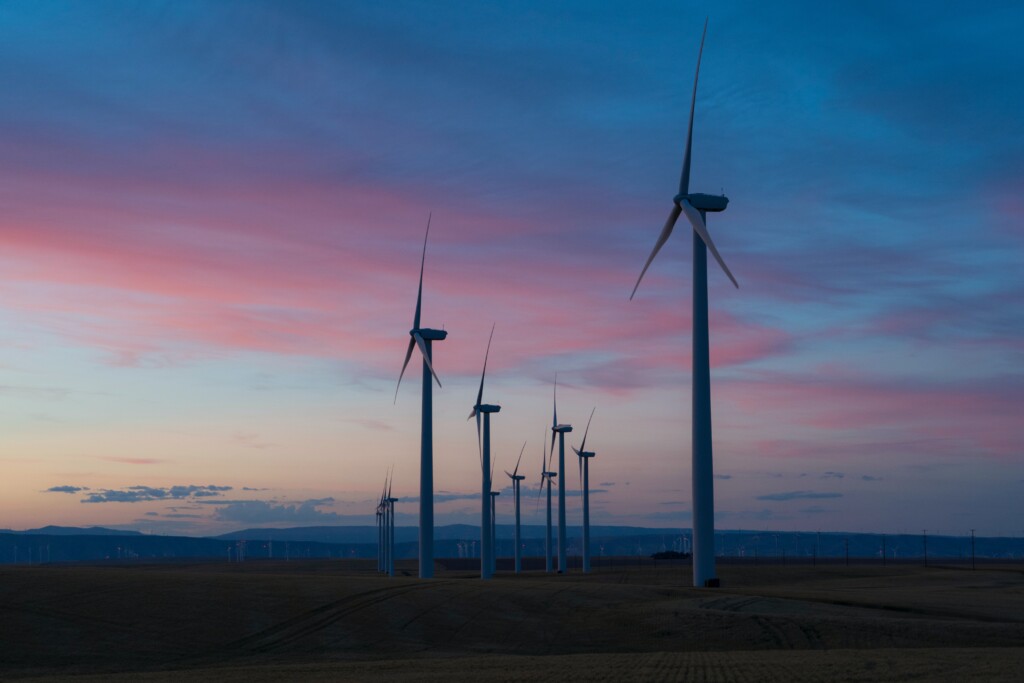
Total electricity capacity: 161,135 MW
Brazil’s energy profile is defined by its strategic use of wind, solar, and hydropower resources. Its tropical climate, extensive river network, and progressive energy policies contribute to its prominence in the global renewable energy sector.
Wind Energy: Brazil’s wind energy capacity of 24,163 MW is due to the country’s large coastal regions, which experience consistent and strong winds. The wind sector has grown significantly over the past decade due to conducive government policies and a growing trend towards renewable sources.
Solar Energy: Solar energy capacity in Brazil is 24,078 MW. The country’s equatorial location ensures a high solar incidence rate, leading to widespread use of solar power, both in large-scale projects and distributed solar systems.
Hydropower: Brazil’s abundant river network has been harnessed for a significant hydropower capacity of 109,814 MW. The grand Amazon River system has been particularly instrumental in this context, hosting several major hydroelectric installations.
Bioenergy: Brazil, being one of the world’s leading agricultural producers, particularly of sugarcane, has leveraged its resources to become a prominent player in the bioenergy sector. As of 2023, Brazil had a bioenergy capacity of 17.205 MW. The country’s vast agricultural lands provide a rich source of biomass that can be converted into bioenergy, making it an integral part of Brazil’s renewable energy portfolio.
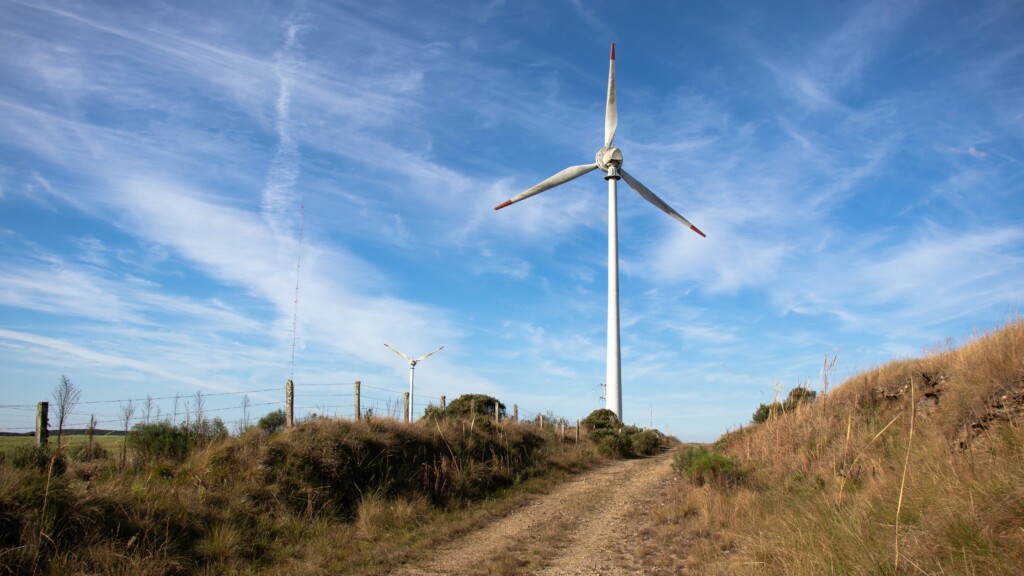
Total electricity capacity: 151,956 MW
India’s journey towards renewable energy is relatively recent but ambitious. Historically dependent on coal and imports of oil and natural gas, India has now recognized the importance of renewable energy both for its energy security and environmental commitments. The country has ambitious plans for solar and wind power and has made significant strides in bioenergy, leveraging its extensive agricultural sector. Its diverse climate, geographical advantages, and dedicated renewable energy mission contribute to its growing renewable energy sector.
Wind Energy: India’s wind energy capacity stands at 41,929 MW, largely concentrated in its southern and western regions that have high wind potential. Government incentives and the falling costs of wind energy technologies have contributed to the growth of this sector.
Solar Energy: With a solar energy capacity of 63,192 MW, India has tapped into its abundant sunshine, especially in the Thar Desert region. The country’s National Solar Mission has played a crucial role in promoting solar power.
Hydropower: India’s extensive river systems have been used for a substantial hydropower capacity of 47,219 MW. Major river systems, like the Ganges and the Brahmaputra, host several hydroelectric projects.
Bioenergy: In India, bioenergy is seen as a crucial component of the nation’s renewable energy strategy. By 2022, India had achieved a bioenergy capacity of 10.670 MW. The country’s substantial agricultural sector provides a vast supply of biomass, which can be converted into bioenergy. Moreover, the decentralized nature of bioenergy production makes it an effective tool for rural electrification, aligning well with India’s development goals.
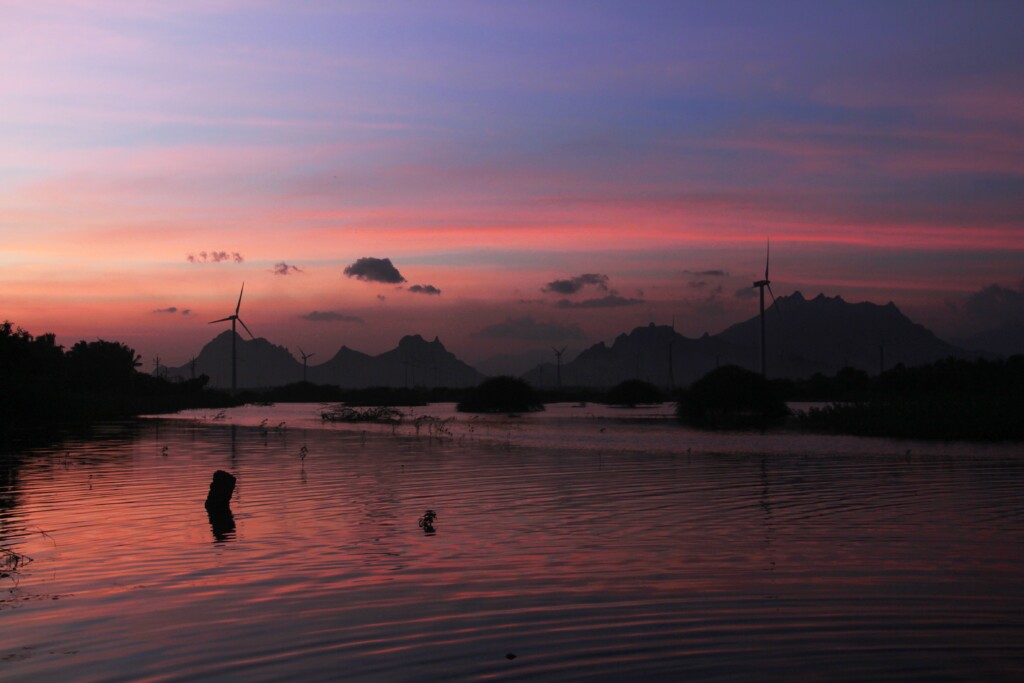
Total electricity capacity: 143,920 MW
Germany’s commitment to renewable energy started with the Energiewende, or “energy turnaround,” a policy initiative launched in 2010. This ambitious plan aimed to transition away from fossil fuel dependence towards a more sustainable energy system. As a result, Germany has become a world leader in wind power and has made significant strides in solar and bioenergy. It is now one of the top countries in terms of renewable energy capacity.
Wind Energy: Germany’s wind energy capacity stands at 66,294 MW. The country’s northern and coastal regions, known for their strong and consistent winds, have been particularly lucrative for wind energy. Offshore wind farms in the North and Baltic Seas contribute significantly to this capacity.
Solar Energy: With a solar energy capacity of 66,664 MW, Germany has shown that even countries with less sun can significantly contribute to solar energy production. The country’s success is largely attributable to comprehensive federal incentives, including the Feed-in Tariff (FiT) system, which has encouraged the adoption of solar power.
Bioenergy: In Germany, bioenergy forms an essential part of the country’s Energiewende or “energy turnaround”. By 2022, Germany had a bioenergy capacity of 9.876 MW. Given its robust industrial and agricultural sectors, Germany has managed to create a thriving bioenergy industry, often utilizing waste products as feedstock.

Total electricity capacity: 137,730 MW
Japan has long been dependent on imports for most of its energy needs, particularly after the 2011 Fukushima nuclear disaster. Since then, the country has made substantial efforts to diversify its energy mix and reduce its reliance on nuclear power and fossil fuels. Japan’s renewable energy sector, marked by substantial investments in solar, wind, geothermal, and hydropower, has been shaped by its unique geographical features and energy policy framework.
Wind Energy: Japan’s wind energy capacity stands at 4,581 MW. Despite the potential of coastal and mountainous regions, wind energy development in Japan has been slower than other renewable sectors due to stringent environmental regulations and technical challenges.
Solar Energy: With a solar energy capacity of 83,055 MW, Japan has emerged as a leading solar power producer following the Fukushima nuclear disaster. The country’s Feed-in Tariff scheme has boosted the solar industry, promoting the installation of rooftop solar panels and large-scale solar farms.
Geothermal Energy: Japan, located on the “Ring of Fire,” has significant geothermal potential. Its geothermal capacity stands at 437 MW, a figure that is set to increase with more favorable government policies and technological advancements.
Hydropower: Japan’s hydropower capacity is 28,198 MW. Though its growth has plateaued due to environmental considerations and availability of sites, hydropower continues to provide a stable and reliable source of renewable energy.
Bioenergy: Despite its limited land area, Japan has made significant strides in the bioenergy sector. By 2022, Japan had achieved a bioenergy capacity of 5.443 MW. The country has leveraged innovative technologies to efficiently convert waste and agricultural residues into bioenergy, aligning with Japan’s broader strategy to become more self-sufficient in terms of energy production.
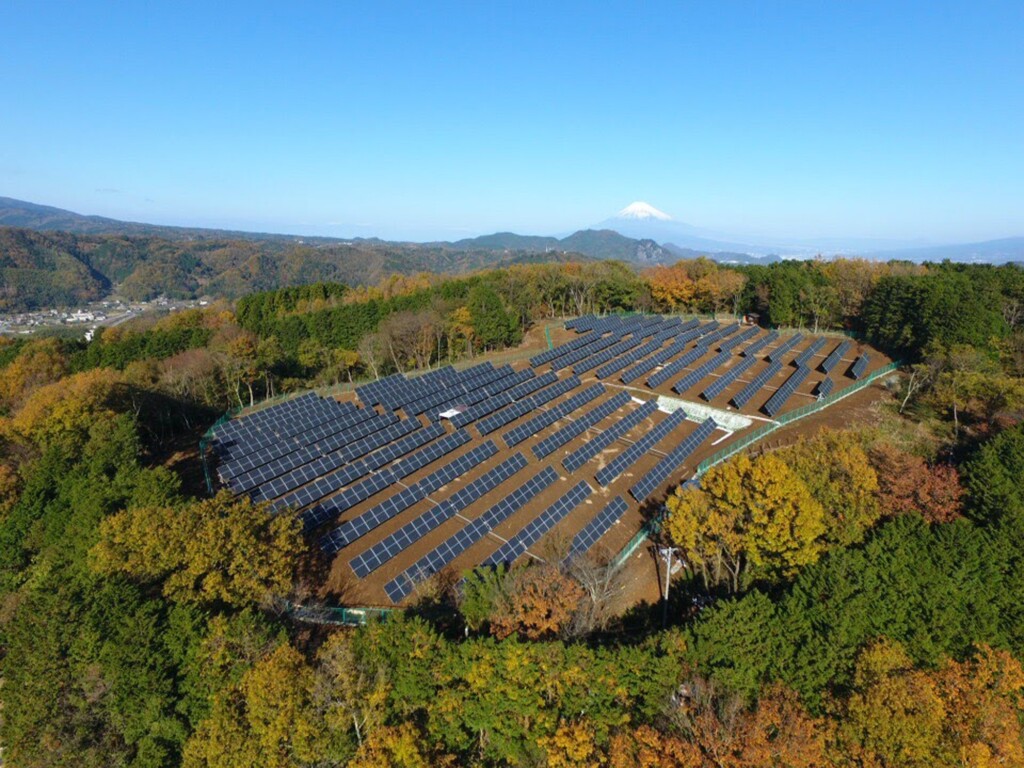
Total electricity capacity: 104,462 MW
Canada’s energy mix has traditionally been dominated by hydropower, thanks to its extensive river networks and large water resources. However, the country has also made significant strides in other forms of renewable energy in recent years, particularly wind and solar.
Wind Energy: Canada’s wind energy capacity of 15,295 MW is largely harnessed from the abundant wind resources in its coastal and prairie regions. The country’s focus on renewable energy has seen significant wind farm developments in recent years.
Solar Energy: Canada’s solar energy capacity is 4,400 MW. Despite less sunlight in northern regions, the southern provinces have been able to generate significant solar power, facilitated by technological advancements and governmental support.
Hydropower: Canada has a robust hydropower capacity of 83,549 MW, benefitting from its abundant freshwater resources. It is one of the largest producers of hydropower globally, with the majority of installations along the Saint Lawrence River.
Marine Energy: Canada’s marine energy capacity stands at 20 MW, primarily harnessed from the powerful tides of the Bay of Fundy. The country is well-positioned to further explore this renewable source due to its extensive coastline.

Total electricity capacity: 65,342 MW
Spain has been a pioneer in renewable energy, especially in the wind and solar sectors, for many years. Its sunny and windy geography made it an ideal location for these technologies. The country rapidly developed its renewable sector in the 2000s but faced a slowdown due to economic crises and regulatory changes. However, in recent years, Spain has reaffirmed its commitment to renewable energy. Its ambitious climate plan targets 100% renewable electricity by 2050, and the country is once again expanding its wind, solar, and bioenergy capacity. With these efforts, Spain has reemerged as a renewable energy leader in Europe and globally.
Wind Energy: Spain’s wind energy capacity is 29,307 MW. The country’s rugged terrain and coastal areas offer prime sites for wind farms, while governmental incentives have encouraged industry growth.
Solar Energy: With a solar energy capacity of 20,517 MW, Spain is one of Europe’s top solar power producers. The country’s geographical position gifts it with high solar irradiation, particularly in the southern region, enabling efficient and substantial solar energy production.
Marine Energy: Although currently at 4.8 MW, Spain’s marine energy capacity holds considerable potential for growth, thanks to its extensive coastline and robust wave and tidal currents. As marine energy technology continues to advance, Spain’s position on the Atlantic Ocean and Mediterranean Sea could become a crucial factor in further enhancing its renewable energy portfolio

Total electricity capacity: 62,122 MW
France has traditionally relied on nuclear power for much of its electricity. However, in recent years, the country has started to diversify its energy mix, investing more in renewable energy sources such as wind, solar, and bioenergy. France’s move towards renewable energy is driven by a desire to reduce its carbon emissions and transition to a more sustainable energy system, supported by national energy transition goals.
Wind Energy: France’s wind energy capacity stands at 21,120 MW. This capacity is predominantly harnessed from wind farms strategically located in the northern and coastal regions, which are favored with strong and consistent winds.
Solar Energy: France’s solar energy capacity stands at 17,400 MW, with the southern regions playing a pivotal role due to their high sun exposure. This has set the stage for large-scale solar installations that further contribute to the country’s renewable energy mix.
Hydropower: France has a substantial hydropower capacity of 24,563 MW. The country primarily harnesses hydropower from the Rhône and Dordogne rivers. The use of these powerful, natural water bodies to generate electricity underscores France’s innovative approach to renewable energy.
Marine Energy: France’s marine energy capacity is 211 MW. Its lengthy coastline, particularly in the Brittany region, offers immense potential for further development of this renewable energy source.
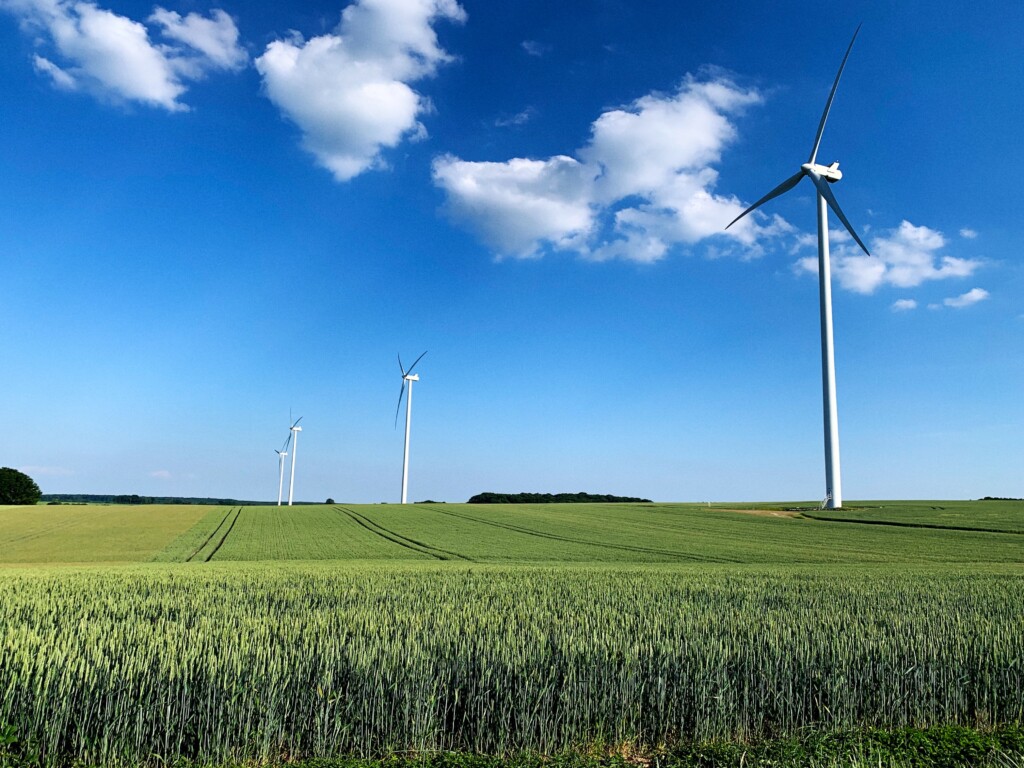
Total electricity capacity: 60,796 MW
Italy has not always been a leader in renewable energy, but it has made significant progress over the past decade. Historically reliant on imported fossil fuels, Italy has increasingly turned to renewable sources to meet its energy needs. The country has made significant investments in solar and wind power, and its geographical location provides abundant resources for these technologies. Bioenergy is also growing, backed by the country’s rich agricultural sector.
Wind Energy: Italy’s wind energy capacity stands at 11,610 MW. The country’s southern and island regions, where wind conditions are most favorable, host a majority of the wind farms.The wind farms in Laterza (Taranto) alone, producing around 90 GWh per year, are expected to reduce CO2 emissions by 37,500 tonnes annually.
Solar Energy: Italy’s solar energy capacity is 25,082 MW, with high levels of sunshine, particularly in the south, driving solar power generation. The government’s incentives for solar power, including a Feed-in Tariff system, have also boosted the sector.
Geothermal Energy: Italy, with a geothermal capacity of 771.8 MW, is one of the global leaders in this sector. The country’s substantial geothermal resources, especially in the Tuscany region, have been exploited for energy generation for more than a century.
Marine Energy: Italy’s marine energy capacity is relatively low at 0.2 MW. However, with extensive coastlines and strong tidal currents, the country has considerable potential for future marine energy development.
Bioenergy: Known for its rich culinary and agricultural heritage, Italy has also tapped into the potential of bioenergy. By 2022, Italy had a bioenergy capacity of 3.416 MW. The country’s large agricultural sector provides ample biomass resources for bioenergy production, and government incentives have fostered the growth of the sector. This commitment to bioenergy complements Italy’s broader renewable energy strategy, making it a key player in the European energy sector.
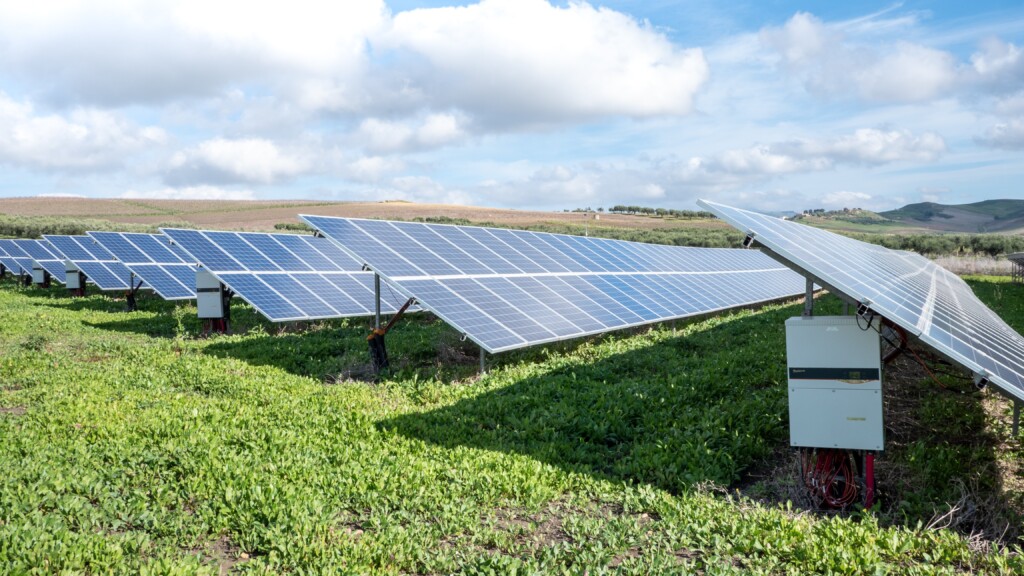
In conclusion, these top 10 countries in renewable energy each offer unique contributions to the global shift towards sustainable power. China leads the world in solar, followed by the U.S. with significant solar and bioenergy capacity. Brazil excels in both solar and bioenergy, while India impressively harnesses its solar potential. Germany and Japan exemplify how policy and technology can drive renewable adoption, even with limited natural resources. Italy, France, and Spain, though smaller, effectively integrate renewables, showing a diverse and resilient future for global energy.
China currently leads the world in terms of total installed renewable energy capacity, specifically in solar energy.
As of 2022, China ranks first for wind energy, with a capacity of 365,964 MW.
Stay a while and read more posts like this
Imagine a source of energy that’s efficient, renewable, and capable of reducing our reliance on fossil fuels. Picture a world where the heat residing beneath...
Renewable energy, often referred to as alternative energy, is derived from natural resources or processes that continuously renew themselves. This includes naturally...
Green Energy, Green Living, Renewable Energy
Ever pondered the impressive perks of using green energy? Given the burgeoning cognizance about how traditional energy sources are affecting our environment, the...